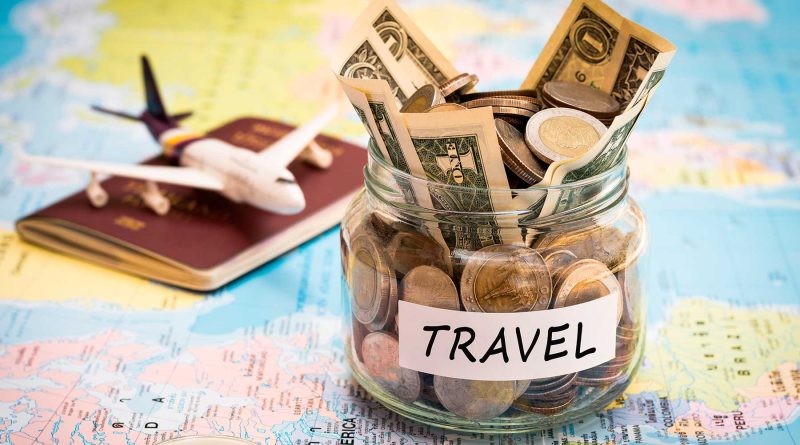Money in Motion: How to Manage Your Finances While Traveling the World Stress-Free
Managing your money on the go is a crucial, yet often overlooked, aspect of travel planning. Done right, it frees you up to enjoy every moment; done wrong, it can lead to unnecessary stress and even financial woes. Here’s your guide to keeping your finances smooth while exploring the world.
Before You Go: Setup for Success
Notify Your Bank and Credit Card Companies: Always tell your banks about your travel plans, including your destinations and dates. This prevents them from flagging your transactions as suspicious and freezing your cards.
Diversify Your Funds: Don’t put all your eggs in one basket. Carry a mix of payment methods:
- Debit Cards: Essential for ATM withdrawals. Look for cards with no foreign transaction fees and minimal ATM fees (some banks refund these).
- Credit Cards: Ideal for larger purchases and often offer better fraud protection. Opt for cards with no foreign transaction fees. Visa and Mastercard are widely accepted, American Express less so.
- Local Currency: Have some cash on hand for small purchases, local markets, or places that don’t accept cards.
Research Exchange Rates and ATMs: Understand the local currency and its typical exchange rate. Familiarize yourself with major bank ATMs in your destination to avoid standalone ATMs with high fees.
Create a Realistic Budget: This is fundamental. Factor in accommodation, food, transportation, activities, and a buffer for unexpected costs. Research average costs for your chosen destinations. Are you a budget backpacker, a mid-range explorer, or a luxury traveler? Your budget will dictate your choices.
On the Road: Smart Spending
Prioritize No Foreign Transaction Fees: This is perhaps the single biggest money-saver. Every purchase or withdrawal with a card that charges these fees (often 2-3% per transaction) adds up quickly.
Use ATMs Wisely:
- Withdraw larger amounts less frequently to reduce ATM fees.
- Always decline the ATM’s offer to convert to your home currency (Dynamic Currency Conversion). Choose to be charged in the local currency; your bank will give you a better exchange rate.
- Use ATMs attached to reputable banks during business hours for security.
Track Your Spending: Whether it’s a simple spreadsheet, a dedicated app, or a small notebook, keep tabs on your expenditures. This helps you stay within budget and quickly spot any unauthorized transactions.
Be Wary of Money Changers: While convenient, airport and tourist area money changers often offer poor rates. If you must use them, exchange only a small amount and compare rates.
Leverage Technology: Banking apps allow you to monitor your accounts, transfer money, and set up alerts. Payment apps like Google Pay or Apple Pay can also be convenient and secure where accepted.
Handling Financial Emergencies Abroad
Even with the best planning, emergencies can happen.
Have a Separate Emergency Fund: Keep a portion of your travel budget in a separate account or a different card, ideally one not linked to your daily spending. This acts as a safety net.
Know Your Bank’s Emergency Numbers: Store your bank and credit card company’s international emergency contact numbers in your phone and written down in a secure place, separate from your cards.
Understand Your Insurance: If you have travel insurance, know what financial emergencies it covers, such as lost cash or identity theft.
Stay Calm and Act Quickly: If a card is lost or stolen, report it immediately to your bank. If you run out of funds, contact family or friends to arrange a wire transfer through services like Western Union or MoneyGram, though these can have high fees.
Managing your money on the road doesn’t have to be a source of stress. With smart preparation and mindful spending, you can focus on the incredible experiences waiting for you around the world.




